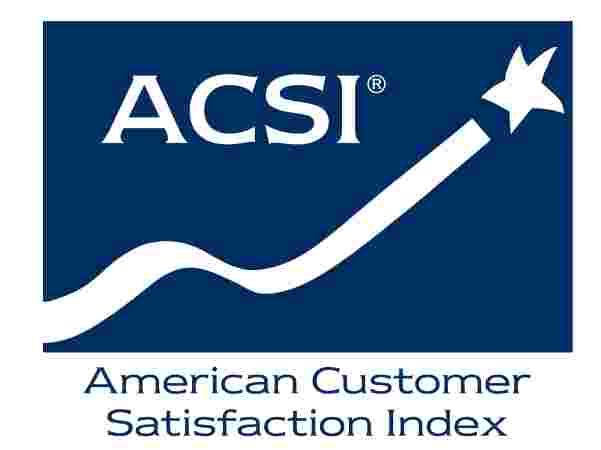
Adapted from Dr. Claes Fornell's book | January 18, 2018
The Satisfied Customer: Winners and Losers in the Battle for Buyer Preference
In a competitive marketplace where buyers have choice and information about alternatives, the value of the customer asset is determined by how satisfied customers are and the likelihood of doing future business with them.
Satisfied customers are not only the most consequential economic asset, but they are also a proxy for the sum total of the value of all other company assets—virtually all costs and revenues have some relationship, however weak or indirect, to customer acquisition and customer retention. If not, why spend the money? If revenue doesn't come from customers, where does it come from?
Thinking about company assets in this way challenges the short-term strain that pervades most American and, to a lesser extent, European businesses. Because cost cutting has an immediate effect on profit, short-term pressures from capital markets encourage it. Conventional accounting practices don't help either. They too favor cost cutting. At its core, the idea is that financial numbers are limited to what they tell us about the future—and we already know the past.
The failure in finding the relationship to profits wasn't because the relationship doesn't exist—it was because the wrong metrics were used.
But there is a shift from financial numbers as the foundation for performance measures to other sets of measures that are mostly nonfinancial.
Looking back, there was a lot of experimentation with a variety of tools in the 1980s and 1990s. We had Six Sigma, AQL (Acceptable Quality Level), CIP (Continuous Improvement Process), JIT (Justin-Time), Poka-Yoke (making the Workplace Mistake-Proof), QFD (Quality Function Development), SPC (Statistical Process Control), SQC (Statistical Quality Control), TQC (Total Quality Control), TQM (Total Quality Management) and FFU (Fitness for Use). We saw balanced score cards, benchmarking, best practices, and even metrics on user eyeball movements on the web.
Many of these tools vanished after the stock market bubble burst, when the very companies most eager to adopt nonfinancial measures got hammered the hardest. As a result, business reverted back to a greater reliance on "hard numbers."
Nonfinancial measures are still with us, and slowly regaining some of their previous status. But the problem has been the failure to find a relationship between intangible assets and tangible profits. The failure in finding the relationship to profits wasn't because the relationship doesn't exist—it was because the wrong metrics were used and the measurement technology was too primitive.
There has been tremendous progress in the transmission of information. We have major industries whose business is to collect and sell information. Since information is a nonrival good, growth has been explosive. But the more valuable information has become, the lower its average quality. The demand for information has accelerated so much that it is outstripping the ability of its users to distinguish bad from good.
This is a big problem and it is evident in many kinds of organizations in both the private and public sector. It's especially problematic in the quantification of qualitative data: A number is a number and once its inaccuracy is discovered, it may be too late.
What do we need to know to do better? How can we recognize a measurement dud when we see one? Applied measurement theory can help.
CFI Group offers expertise in designing experience measurement solutions that help you manage customer relationships. Contact us for more information on how we can help you apply good measurement theory to improve the customer experience.
Other Resources
- Date
- September 7, 2023
by David Ham | September 7, 2023 With the amount of money involved in professional sports contracts, the current trend toward deeper analysis makes good business sense. However, […]- Date
- June 2, 2023
by David Ham June 1, 2023 I will start by stating the obvious, inflation is forcing consumers to make tradeoffs and difficult decisions. This puts businesses […]- Date
- August 1, 2022
by David Ham August 1, 2022 Five years ago, I wrote a blog that asked, Is This a ‘Hook-Up’ or a Long-Term Relationship? The post was […]- Date
- May 24, 2022
by Omar Khan May 24, 2022 A few years before getting my first job as a consultant, I spent a summer abroad in the United Arab […]





